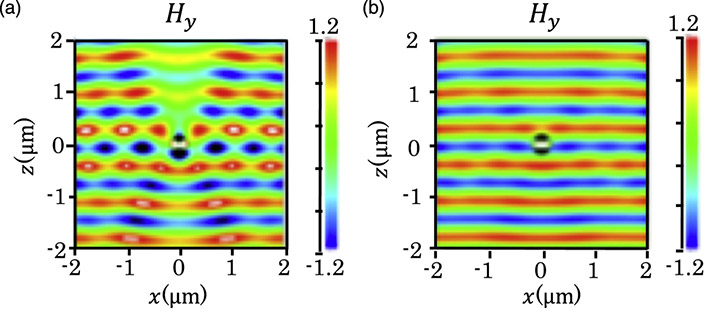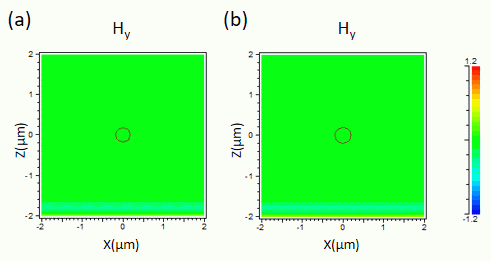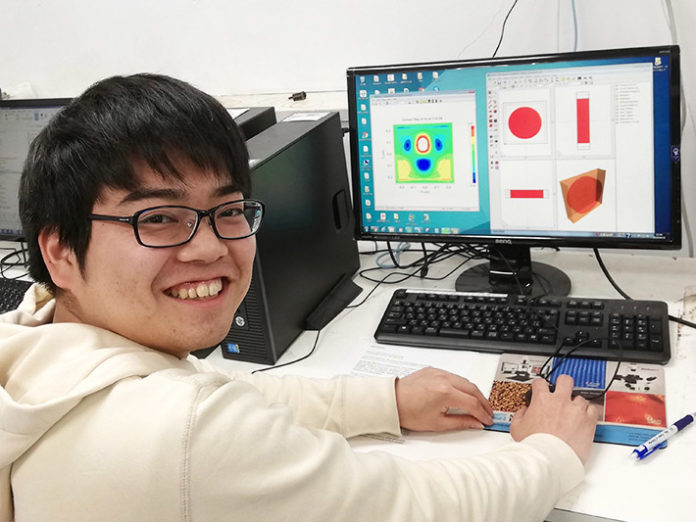In recent years, invisibility has become an area of increasing research interest due to advances in materials engineering. Thus, making objects invisible is no longer a fictional theme. Invisibility cloaks that rely on metamaterials are beginning to be used to improve the performance of satellite antennas and sensors.
The only issue with these cloaks- some of the proposed metamaterials only work at limited wavelength ranges such as microwave frequencies.
Scientists at the Tokyo Institute of Technology’s Department of Electrical and Electronic Engineering have proposed a new way of making a cylinder invisible without a cloak for monochromatic illumination at optical frequency — a broader range of wavelengths including those visible to the human eye.
They initially investigated what happens when a light wave hits a nonexistent barrel with an infinite length. In view of an established electromagnetic theory called Mie scattering, they envisioned the relation between the light-scattering efficiency of the cylinder and the refractive index. They looked for a region demonstrating exceptionally low scattering efficiency, which they knew would relate to the cylinder’s invisibility.

(a) Light with a wavelength of 700 nm traveling from bottom to top is distorted when the radius of the cylinder (in the middle) is 175 nm. (b) There is hardly any distortion when the cylinder has a radius of 195 nm. These images correspond to the conditions for invisibility predicted by the theoretical calculation.
After recognizing an appropriate region, they discovered that imperceptibility would occur when the refractive index of the cylinder ranges from 2.7 to 3.8. Some useful regular materials fall inside this range, for example, silicon (Si), aluminum arsenide (AlAs) and germanium arsenide (GaAs), which are normally utilized in semiconductor technology.
Thus, in contrast to the difficult and costly fabrication procedures often associated with exotic metamaterial coatings, the new approach could provide a much simpler way to achieve invisibility.
The researchers used numerical modeling based on the Finite-Difference Time-Domain (FDTD) method to confirm the conditions for achieving invisibility. By taking a close look at the magnetic field profiles, they inferred that the invisibility stems from the cancellation of the dipoles generated in the cylinder.
However, rigorous calculations of the scattering effectiveness have so far just been workable for cylinders and spheres, scientists noted there are plans to test other structures, yet these would require considerably more registering force.

To check the present discoveries practically speaking, it ought to be moderately simple to perform tests utilizing tiny cylinders made of silicon and germanium arsenide.
Kotaro Kajikawa of Tokyo Institute of Technology’s Department of Electrical and Electronic Engineering says: “We plan to work together with research bunches who are currently concentrating on such nanostructures. At that point, the following stage is to plan novel optical devices.”
Potential optoelectronic applications may include new sorts of locators and sensors for the medicinal and aerospace industries.
The study is published in the journal Applied Physics Express.
